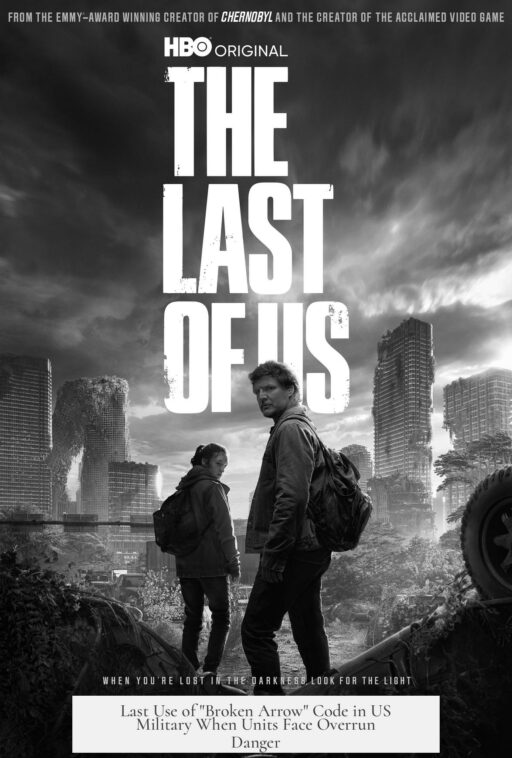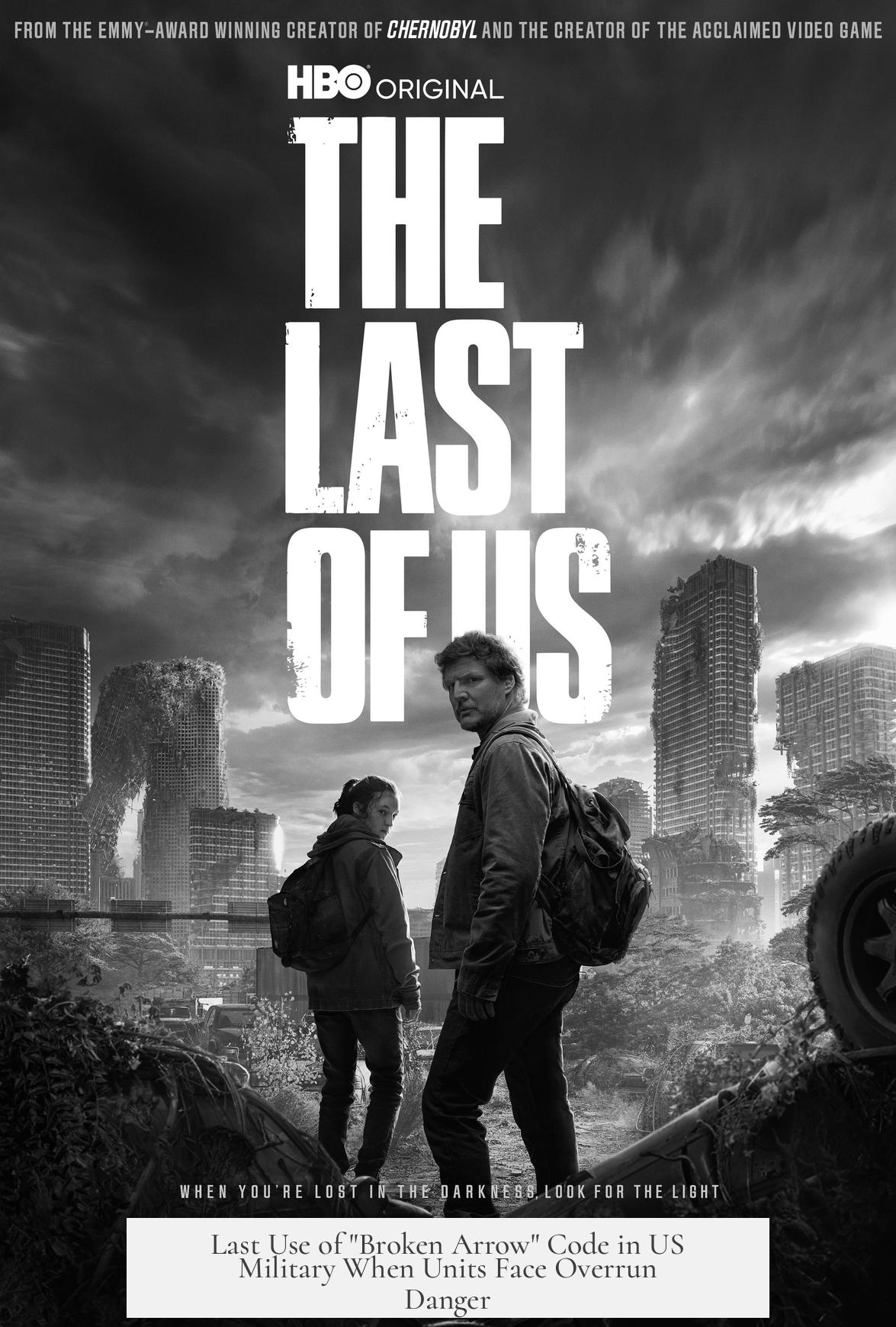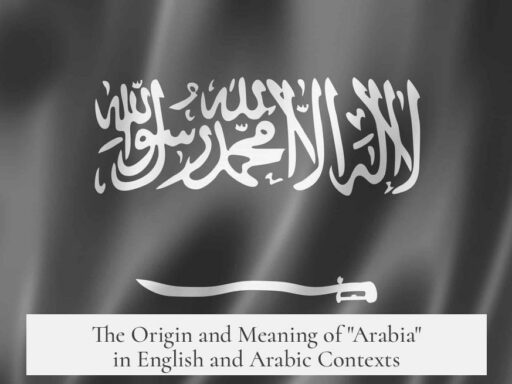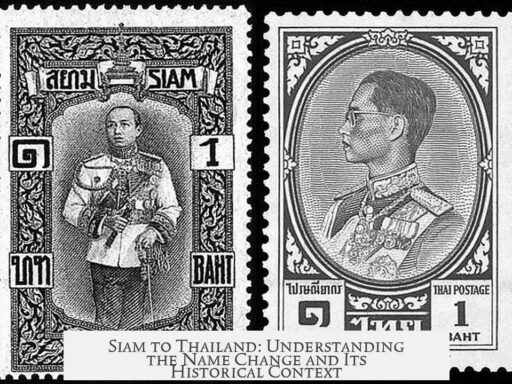The last known use of the US military code “Broken Arrow,” meaning a unit is in danger of being overrun, occurred during the Battle of Ia Drang in the Vietnam War in 1965. This usage is distinct and rare compared to the more common association of the term with nuclear weapons incidents. Since then, no official or widely documented cases exist of “Broken Arrow” being used in the context of ground units at risk of being overwhelmed.
This specialized meaning of “Broken Arrow” emerged during intense combat at Ia Drang, where a forward air controller urgently requested massive close air support to defend an embattled American unit. The controller, Lieutenant Charlie W. Hastings, radioed the code to alert all available fighter-bombers, initiating a rapid response of air strikes to prevent the unit from being overrun. This is vividly described in We Were Soldiers Once… and Young by Hal Moore and Joseph Galloway, providing the only solid reference to this usage.
This unique instance suggests “Broken Arrow” served as a localized or temporary code in the Vietnam campaign rather than part of a broader doctrine. It was a tactical signal for immediate, concentrated air power to protect ground forces at risk. The code enabled quick coordination among air assets, with multiple aircraft stacked at different altitudes, ready to deliver bombs and napalm. This tactic showcased the integration of close air support in battlefield emergencies.
Outside this event, “Broken Arrow” overwhelmingly refers to a nuclear weapons incident involving accidental loss, theft, or detonation of nuclear devices that does not escalate to nuclear war. The Department of Defense and Joint Chiefs of Staff standardized this usage in the 1960s. Codes like “Broken Arrow,” “Empty Quiver,” and “Bent Spear” align with a Native American-themed nomenclature for nuclear safety and security reporting. This nuclear context dominates military and public understanding of the term.
The sensitivity surrounding nuclear weapon incidents likely discouraged further use of “Broken Arrow” for ground combat emergencies. Using identical phrases for very different critical events could cause confusion and risk mishandling of alerts. This explains why “Broken Arrow” as a term for an embattled unit remains a rare and historical footnote without current or official application.
| Aspect | Details |
|---|---|
| Code Meaning in Vietnam 1965 | Unit is in danger of being overrun, urgency for close air support |
| Location | Battle of Ia Drang, Vietnam War |
| Source | We Were Soldiers Once… and Young by Moore & Galloway |
| Common/Nuclear Usage | Accident involving nuclear weapons without risk of war (standard DoD code) |
| Post-Vietnam Usage as Ground Combat Code | No documented official or widespread use |
The singular recorded instance highlights that military codes evolve for clarity and safety. Reusing a term linked to nuclear incidents in combat risk scenarios could have disrupted communication. Hence, “Broken Arrow” persists primarily as a nuclear incident code.
- The last “Broken Arrow” alert for a unit being overrun was in 1965 at the Battle of Ia Drang.
- It was a tactical, localized code used by an Air Force forward air controller to summon urgent air support.
- “Broken Arrow” primarily means a non-escalating nuclear weapons incident in official military usage post-1960s.
- No known subsequent official use of “Broken Arrow” exists in the context of ground units at risk.
- The need to avoid confusion with nuclear incident reporting likely ended this version of code use.
When Was the Last Time US Military Used the Code “Broken Arrow”? Not the Lost Nuke One, But When a Unit Is in Danger of Being Overrun
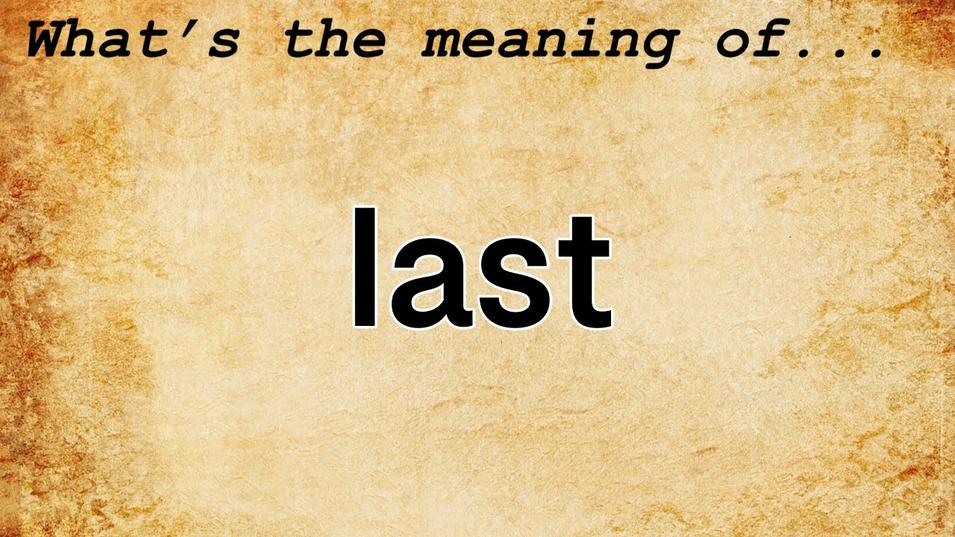
Here’s the bottom line: the last documented use of “Broken Arrow” to signal an American unit in danger of being overrun was during the Battle of Ia Drang in 1965, Vietnam War. It’s a fascinating, little-known military tidbit that often gets buried under the far more famous—or infamous—nuclear incident meaning of the term.
So, why does the US military have two wildly different uses for the same phrase? How did “Broken Arrow” mean “unit about to get crushed” in one instance, but “lost or damaged nuclear weapon” almost always these days? Let’s unravel this puzzle with some historical spice and tactical details.
The Battle of Ia Drang: A Fiery Baptism of “Broken Arrow”
Flashback to November 1965. The dense jungles and rugged terrain of Vietnam set the stage. Lieutenant Charlie W. Hastings, an Air Force forward air controller, found himself in a tight spot alongside ground troops. According to We Were Soldiers Once… and Young, Hastings radioed the special code “Broken Arrow.” In that moment, the phrase didn’t mean a missing nuke; it meant an American unit was in desperate danger of being overrun.
What happens next? Within incredible speed, every available fighter-bomber in South Vietnam stacks overhead—from seven thousand to thirty-five thousand feet—lined up like planes at a busy airport holding pattern but ready to unleash hell on the enemy. This allowed rapid close air support, pounding enemy positions to prevent the destruction or capture of the unit.
This usage wasn’t just a phrase; it was a lifeline. It served as an urgent call for massive aerial firepower to save troops in extreme peril. Pretty intense, right?
A Unique or Localized Code?
Here’s where it gets spicy: there’s no other solid evidence of “Broken Arrow” being used in this “unit in danger” context. No other battle reports or official documents echo this meaning. It’s likely this was a localized or temporary code just for the Ia Drang campaign.
Why so rare? Military jargon usually loves continuity. But in this case, the risk of confusing “Broken Arrow” with nuclear incident codes made widespread adoption risky. Imagine trying to coordinate an airstrike and getting mixed signals about a lost nuke! Chaos, confusion, and needless panic would ensue.
The Nuclear “Broken Arrow” and Why It Trumps the Others
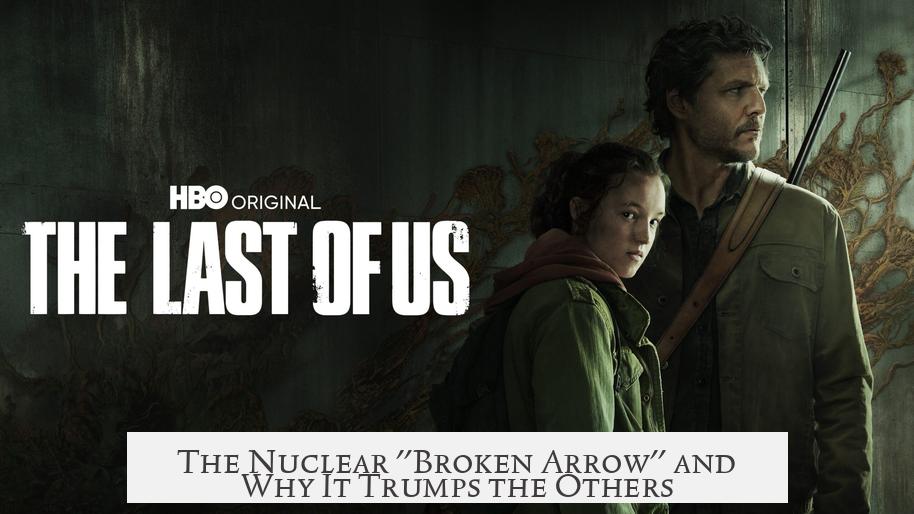
Since the 1960s, “Broken Arrow” has officially—and overwhelmingly—meant a nuclear weapon incident that does not risk war breaking out. This might sound like semantics, but it’s critical. The Department of Defense and Joint Chiefs of Staff established a standardized system of Native American-themed codewords. “Broken Arrow,” “Bent Spear,” and “Empty Quiver” all fall into this nomenclature, detailed in Eric Schlosser’s Command and Control.
This system is no joke. Precision in communication is essential when handling nuclear arms. Any ambiguity here could have catastrophic results. This explains why “Broken Arrow” as “unit nearly overrun” wasn’t kept in official use. It serves the higher priority of clear, unambiguous reporting of nuclear incidents.
Does the “Unit in Danger” Broken Arrow Still Have Any Utility?
It’s interesting to wonder if modern US forces still use or could use “Broken Arrow” for ground units in peril. The answer is probably no, at least officially.
The modern military likely avoids the term to prevent confusion. They have plenty of other code words and procedures for requesting close air support or indicating dire situations. Redundancy and clarity are key in modern warfare communication.
But does the spirit of that original usage survive? Absolutely. The urgency of calling in overwhelming support to save a unit under threat remains. The difference is the exact code phrase used, often more specific and less prone to confusion.
So, What Can We Learn from This Military Linguistic Quirk?
- “Broken Arrow” meaning unit in danger of being overrun is a rare historic usage, primarily limited to the Battle of Ia Drang, 1965.
- Modern official and widely recognized usage overwhelmingly refers to nuclear weapon incidents.
- Code words evolve for clarity. Overlapping terminology in sensitive areas like nuclear weapons is avoided to prevent catastrophe.
- Historical code usages can be fleeting, localized, or experimentational in the fog of war, as seen here.
What’s the takeaway? Military codes have stories, and some are like ghost whispers from history—alive perhaps only for a moment but packed with drama and urgency. “Broken Arrow” at Ia Drang paints an intense picture, where airborne firepower literally saved lives.
For anyone fascinated by military communication or history, this is a reminder: sometimes, words on a radio can carry the weight of life and death. And sometimes, they become legends locked in dusty pages—waiting for someone to listen closely.
Next time you hear the phrase “Broken Arrow,” remember: its roots go beyond nukes and lost bombs. It was also a desperate call from jungles thousands of miles away, shouting for help when a unit was on the brink. That’s a piece of military history worth recalling.
